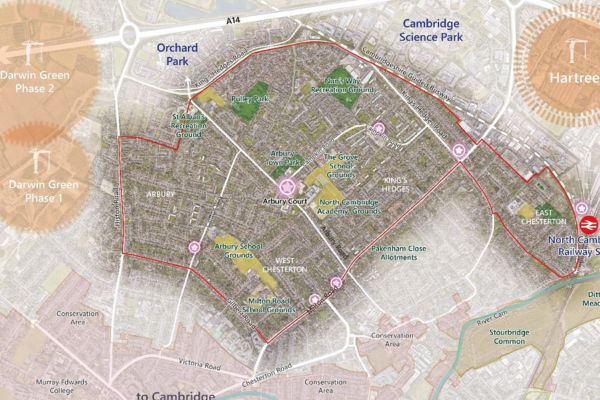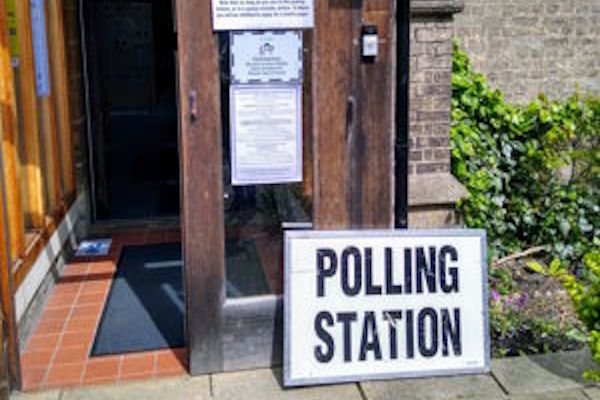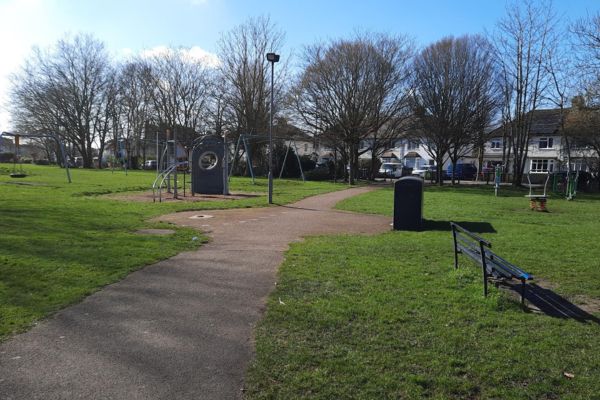Air quality annual report
We are responsible for monitoring air quality in the city. We submit an annual status report to Defra to inform them and the public on:
- the state of air quality in the city
- actions being carried out by us, the county council, and other partners to improve air quality
Submission of this report to Defra is a statutory function in fulfilment of Part IV of the Environment Act 1995 Local Air Quality Management, as amended by the Environment Act 2021.
Summary of 2024 annual report
This is a summary of the key findings of the report and priorities for the coming year.
Changes to pollutant levels and emissions in 2023
- Pollutant levels of both nitrogen dioxide and particulates (both PM10 and PM2.5) were down in 2023 when compared with 2022. They remain well below pre-Covid levels (2019).
- Measured levels of nitrogen dioxide have stayed well below annual objective levels (40 microgrammes per cubic metre) for five consecutive years. Under advice from DEFRA we will be seeking to revoke the air quality management area (AQMA) in 2024.
- The introduction of 30 electric buses onto Park & Ride and city centre routes is likely to have contributed to the improved nitrogen dioxide levels measured on the inner city streets.
- Ownership of electric vehicles in both Cambridge City and South Cambridgeshire District Council are above national average. This will contribute to reduced tail-pipe emissions of nitrogen dioxide. It is further facilitated by increased deployment of electric vehicle charging facilities.
- Changes in work patterns have continued into 2023 following the Covid-19 pandemic leading to reduced peak hour congestion. This reduces the chance of hourly exceedances and reduces potential exposure.
- Work by the Greater Cambridge Partnership, Cambridgeshire County Council and Cambridgeshire & Peterborough Combined Authority continues to enable the transition from private vehicles to more sustainable forms of transport including improved public transport and active travel.
What we will be working on in the coming year (2024/25) to deliver continued air quality improvements
- Revoke the air quality management area and transition to the Greater Cambridge Air Quality Strategy which was adopted in March 2024 – read improving air quality to learn more.
- Review existing smoke control areas to consider expansion of the area to cover the whole city. This would go out to public consultation later in the year if progressed.
- Targeted communication and engagement to increase awareness about air quality in the city. Raise awareness on what residents and visitors can do to reduce emissions and minimise personal exposure.
- Continue to work in partnership to support the delivery of key infrastructure projects that will help the transition to more sustainable forms of travel.
- Work with Greater Cambridge Planning service to minimise the impact on air quality of developments coming forward over the coming year
What you can do
If you live in or visit the city, you can do your bit by walking or riding a bike for short journeys instead of driving. Use public transport and work more at home if you can.
If you burn solid fuel, think about whether you need to burn, and if you do only burn approved fuels. If you are considering installing a woodburning stove only install a Defra-approved stove to minimise emissions of PM2.5.
Monitoring data for nitrogen dioxide and particulate matter (PM10 and PM2.5)
You can see a map of the monitoring stations at the bottom of this page.
UK-Air provides data for the continuous monitor on Regent Street. Air Quality England provides data for the other 4 continuous monitors.
Ricardo AEAT have ratified these data. An appropriate correction factor has been applied to the PM10 data where required.
Defra says an annual average from diffusion tubes below 60µg/m3 is a good sign that short-term nitrogen dioxide targets are being met. Levels in Cambridge are below this.
The diffusion tube data have been bias-adjusted.
Air quality monitoring station maps
Continuous monitors
Diffusion tubes
Low-cost air-quality sensors
In 2019 the government gave us grant funding to trial some low-cost air-quality sensors. We used them to monitor air quality in and around the Mill Road area, while the bridge was closed for rail-improvement work for eight weeks in the summer.
To support this work, the Smart Cambridge programme gathered data about traffic movements on Mill Road and the diversion routes.
The trial found that the low-cost sensors are a useful indicator of trends in air quality. But they are less accurate than the continuous monitors we use elsewhere to provide absolute measurements of individual pollutants.
We will continue to use the sensors to monitor trends in air quality as required on other projects.
The monitoring was part of a joint project with the county council, the Greater Cambridge Partnership and the University of Cambridge.



